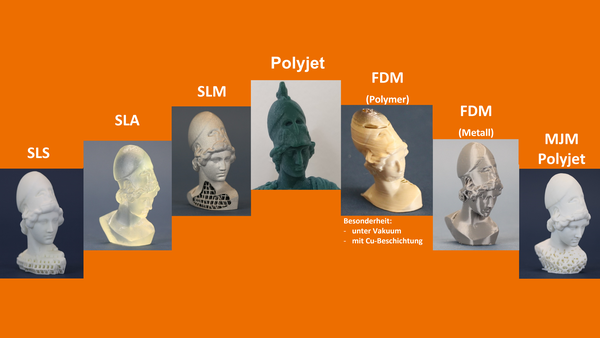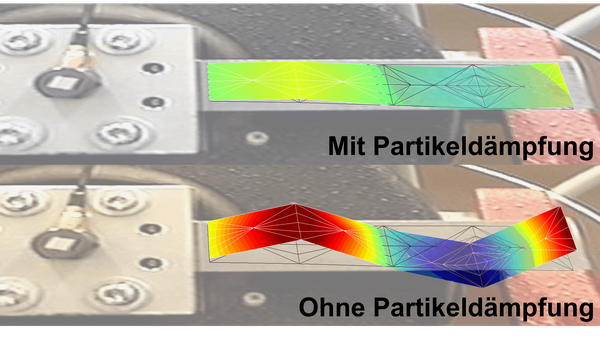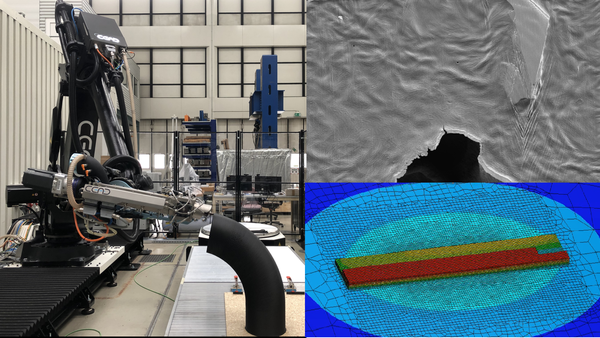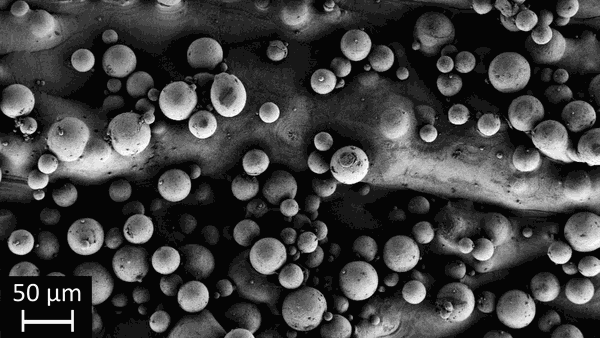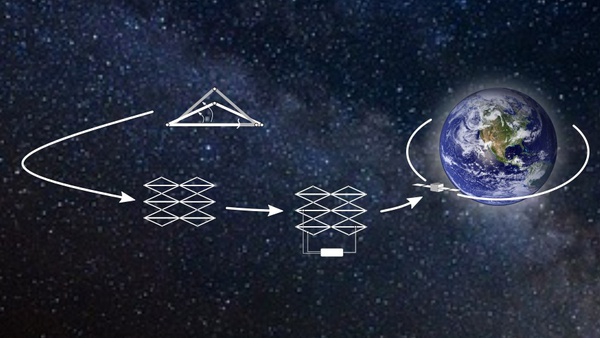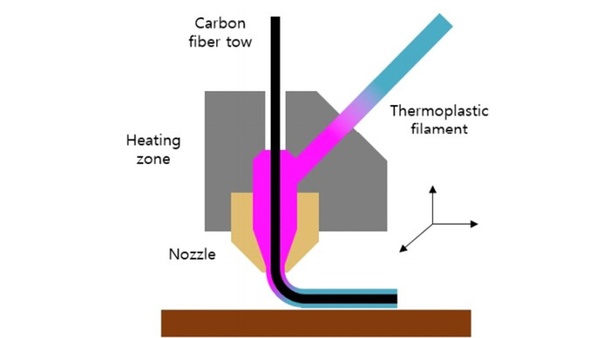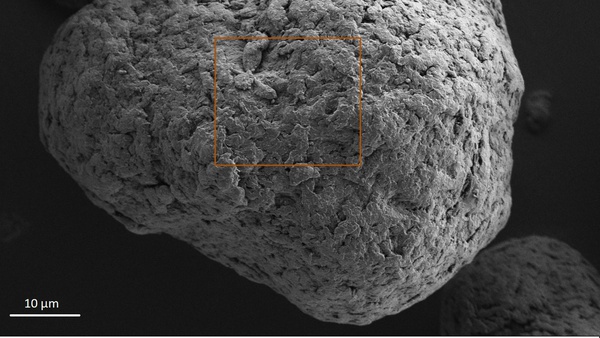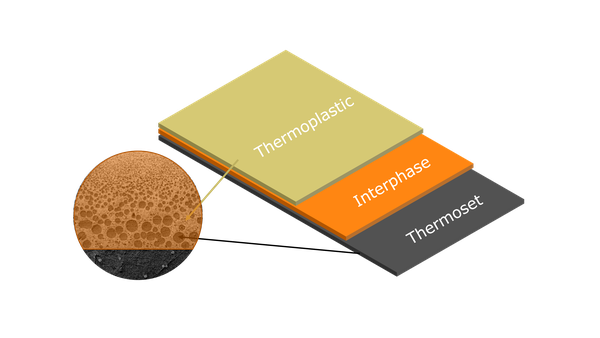Our Motivation
Additive manufacturing, also known as 3D printing, enables the production of components with very complex geometries and in small quantities. As a result, it offers enormous advantages in the field of lightweight construction.
- Material savings: components with optimized structures can be produced through the targeted placement of material. For example, lattice structures or honeycomb structures can be realized in which only the material is present at the stressed points. This saves material and reduces the weight of the component.
- Complex geometries: Additive manufacturing enables the production of components with very complex geometries that would be impossible or difficult to realize using conventional manufacturing methods. For example, undercuts and internal cavities can be produced without the need for additional assembly or connecting elements. This can reduce weight and increase stiffness.
- Material diversity: additive manufacturing enables the processing of a wide range of materials such as plastics, metals or composites. This allows the material to be adapted to the specific requirements of the component.
Although additive manufacturing is already being used successfully in many areas, there are still some open research questions in the areas of scalability, quality assurance, simulation, sustainability and functional integration that the Institute for Lightweight Design is involved in exploring.
